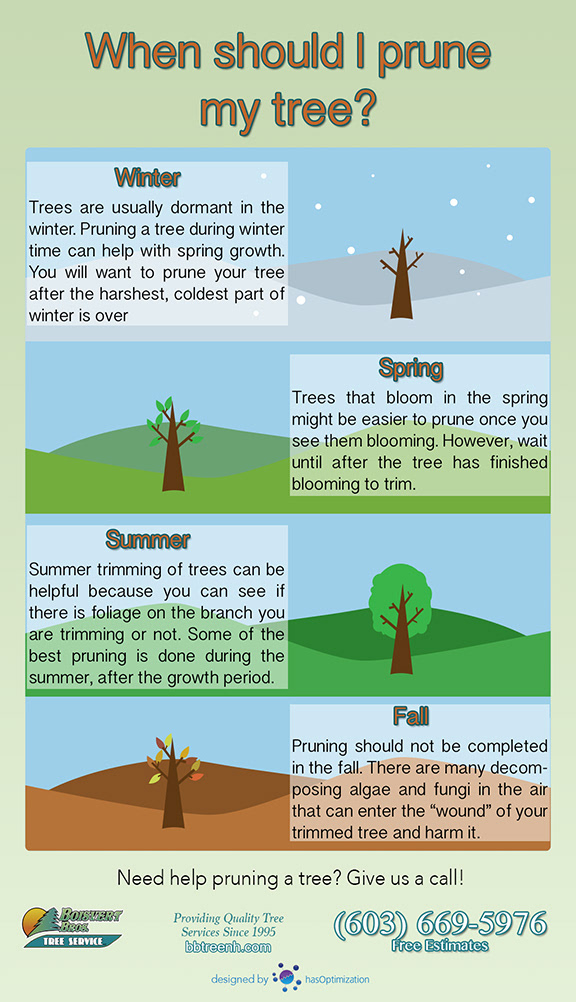Tree Treatment By Period: Reliable Strategies For Taking Care Of Trees Before And After Their Elimination
Tree Treatment By Period: Reliable Strategies For Taking Care Of Trees Before And After Their Elimination
Blog Article
Content Create By-
When it concerns seasonal tree treatment, making certain proper management prior to and after elimination can dramatically impact the wellness and visual appeals of your landscape. By comprehending the needed steps associated with analyzing tree wellness and preparing for elimination, you can proactively guard your building. But what about the essential techniques to follow once the tree is gone? Stay tuned to discover the important post-removal treatment measures that will help you grow a thriving and sustainable atmosphere for your trees.
Pre-Removal Tree Treatment
Prior to addressing the elimination of a tree, it's vital to focus on pre-removal tree care. Begin by analyzing the tree's health and wellness and architectural integrity. Search for indications of illness, insect invasions, or any kind of structural issues that may posture a security threat throughout removal. It's necessary to talk to a licensed arborist to figure out the best course of action.
Trimming dead or infected branches can avoid more damage to the tree and ensure a smoother elimination process.
Furthermore, take into consideration the ecological impact of getting rid of the tree. Trees play a vital duty in our community, so planting a new tree in a suitable location can aid balance out any type of loss. Guarantee that you have the necessary licenses and approvals for tree elimination, specifically if the tree is secured by neighborhood regulations.
Seasonal Maintenance Tips
Examining your tree's demands throughout the year is important for its health and longevity. To keep your trees in top problem, follow these seasonal maintenance tips.
In springtime, focus on trimming to remove dead or broken branches and urge new growth.
Summertime calls for routine watering, specifically throughout dry spells, to ensure your tree remains hydrated.
As Recommended Looking at , watch out for very early indicators of disease or anxiety, and consider applying mulch to safeguard the roots throughout wintertime.
In winter, be cautious when removing snow from branches to stop damage, and remain to check your tree's total health and wellness.
Keep in mind to adjust your treatment regular based upon the details requirements of your tree varieties and local climate. By remaining conscientious and positive throughout the seasons, you can assist your trees prosper and prosper for several years to come.
Post-Removal Tree Care
To ensure the wellness of your landscape also after tree elimination, correct post-removal treatment is essential. After a tree is gotten rid of, it's important to fill up the staying hole with topsoil and portable it to avoid settling. This will certainly help keep the honesty of the ground and avoid potential dangers in the future.
Consider growing new greenery in place of the removed tree to recover the equilibrium and aesthetics of your landscape. Frequently tree removal to promote the growth of new plants and prevent dirt erosion.
Check the surrounding trees for any kind of indicators of disease or stress that may have been triggered by the removed tree. Watch out for insects that might've been drawn in to the previous tree and take safety nets to secure the staying plant life.
If required, talk to an expert arborist to analyze the impact of the removal on the surrounding trees and establish any additional care required. By following these post-removal care steps, you can guarantee the continued health and wellness and appeal of your landscape.
Conclusion
Finally, aggressive seasonal tree care is vital for preserving the health and wellness and equilibrium of your landscape. By evaluating tree health and wellness, pruning, and speaking with an arborist before removal, you can ensure a risk-free procedure. After removal, loading the hole, planting new vegetation, and routine watering will certainly promote new development and avoid disintegration. Bear in mind to check bordering trees for illness and seek additional care actions from an arborist to keep your landscape growing.
